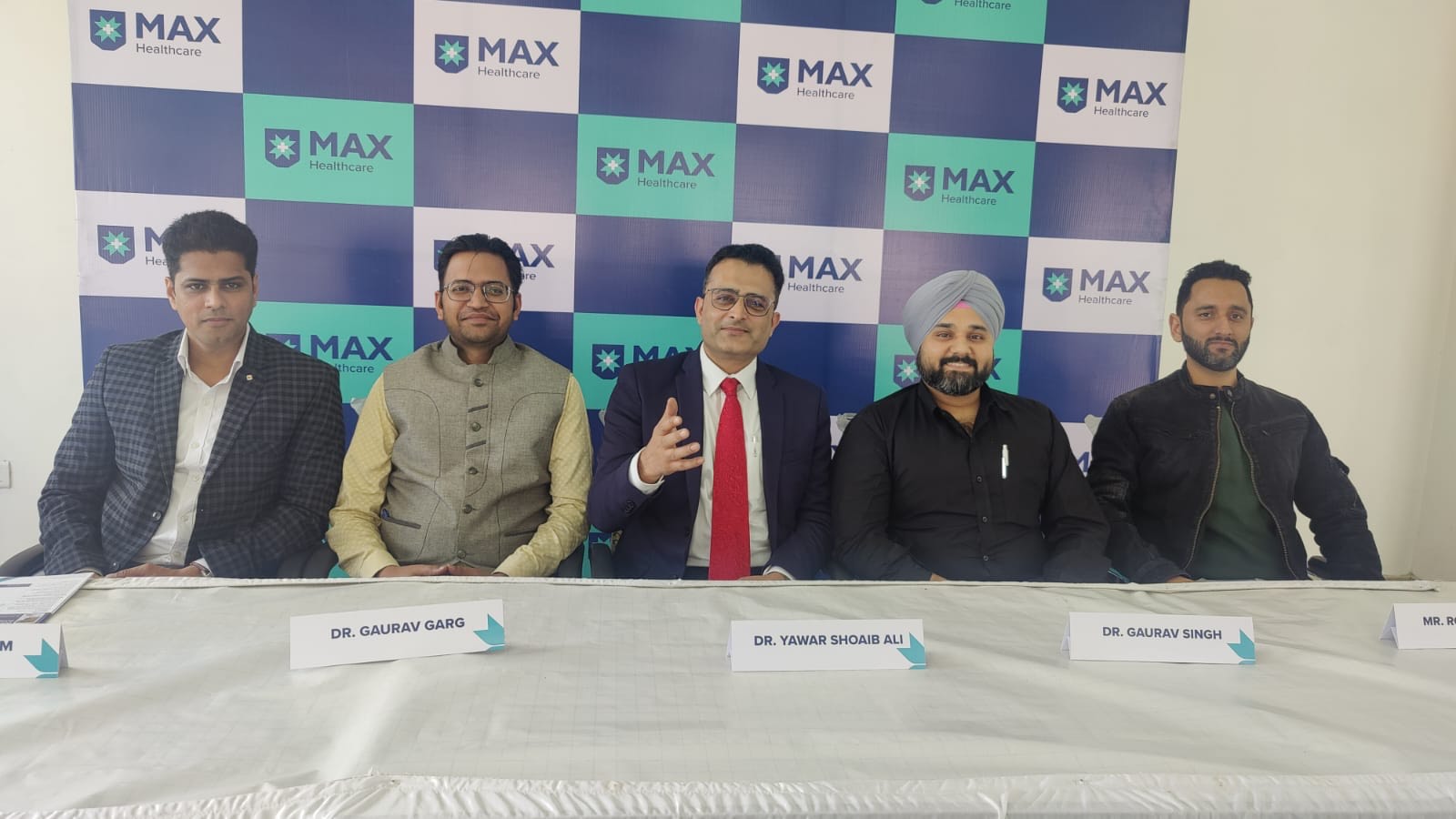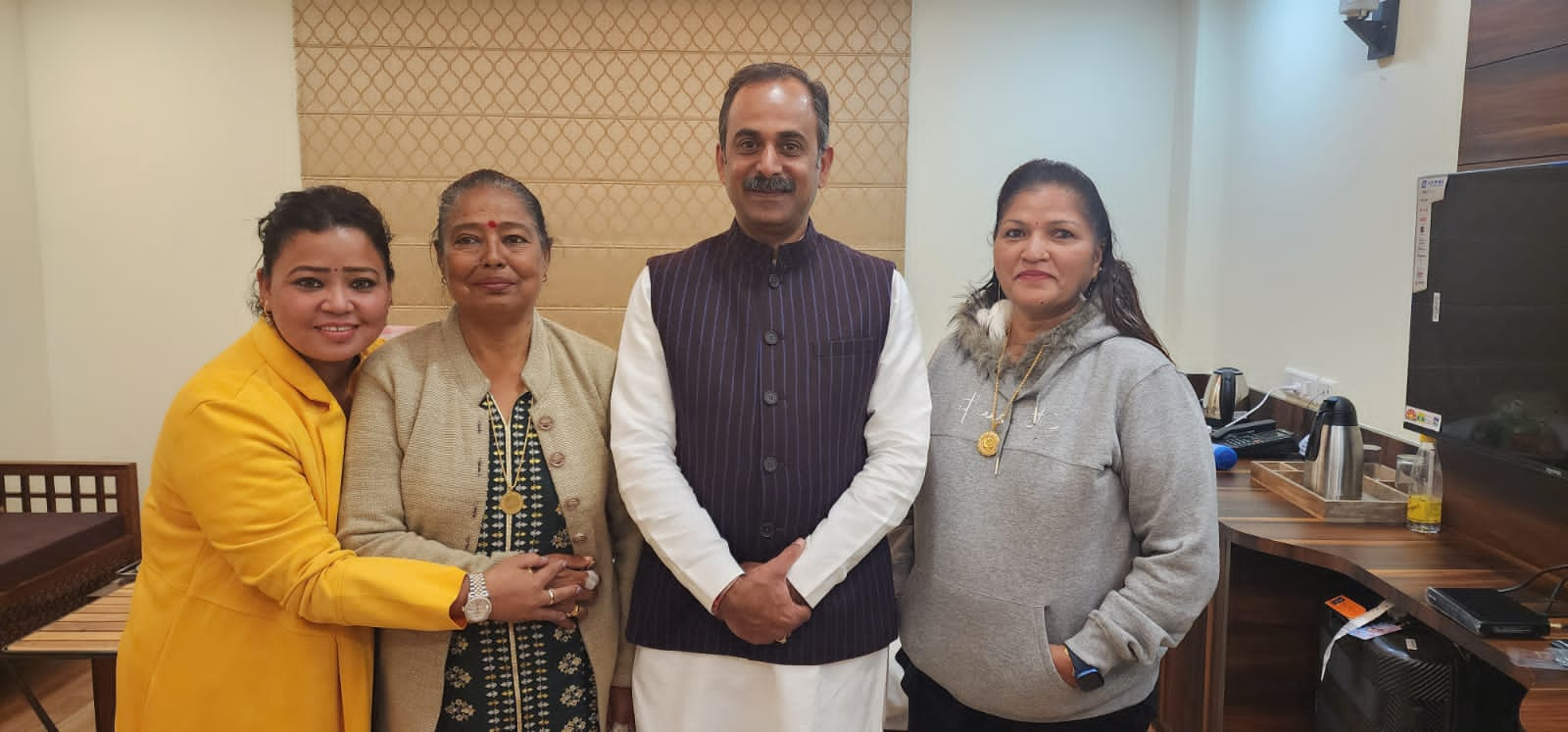
New Delhi: Comedian Bharti Singh reached HIIMS Meerut for the treatment of her mother and mother-in-law. Both of them are undergoing treatment for kidney disease through naturopathy. HIIMS Meerut is an integrated hospital, which treats severe diseases through Naturopathy, Ayurveda and Homeopathy. HIIMS Meerut is Asia’s largest Institute of Naturopathy and Integrated Science with a capacity of 1000 beds. Here treatment is done under the guidance of Acharya Manish, founder of HIIMS and Dr BRC, an expert in naturopathy.
In a statement, Bharti’s mother said that after getting treatment from here, she has experienced a lot of improvement in her health. She now feels no need to take insulin injections at all. Witnessing the improvement in her mother’s health, Bharti herself visited HIIMS Meerut and received Neem Karela therapy, by which she was extremely impressed. After receiving this therapy, she felt that all the toxins were coming out of her body. When Bharti’s mother-in-law also faced the same problem, Bharti advised her to go to HIIMS Meerut as well. Both Bharti’s mother and mother-in-law are undergoing treatment in HIIMS Meerut and are feeling much better than before for which they are extremely thankful to the doctors and the team here.
Many incurable diseases like kidney failure, liver failure, cancer, thalassemia and autoimmune are successfully treated at HIIMS through lifestyle changes, Naturopathy, Ayurveda, Naturopathy and Panchakarma.
HIIMS is famous all over the country for its treatment of kidney failure. HIIMS Shuddhi Ayurveda centres have been established in many other cities of India apart from Meerut such as Chandigarh, Lucknow, Navi Mumbai, Thane, Sangrur, Bhagalpur, Gurugram, Ludhiana, Amritsar, Delhi and Goa. More than 200 specialist doctors are rendering their services in these centers across the country.
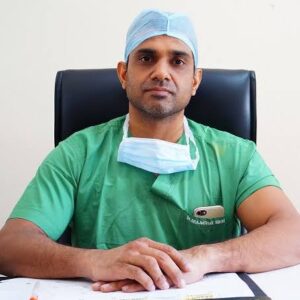
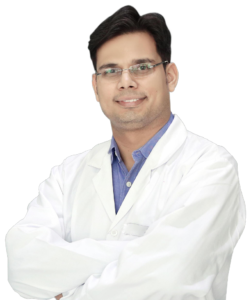 By Dr Vipin Sisodia, Consultant- Urology, Yatharth Super Specialty Hospital, Greater Noida
By Dr Vipin Sisodia, Consultant- Urology, Yatharth Super Specialty Hospital, Greater Noida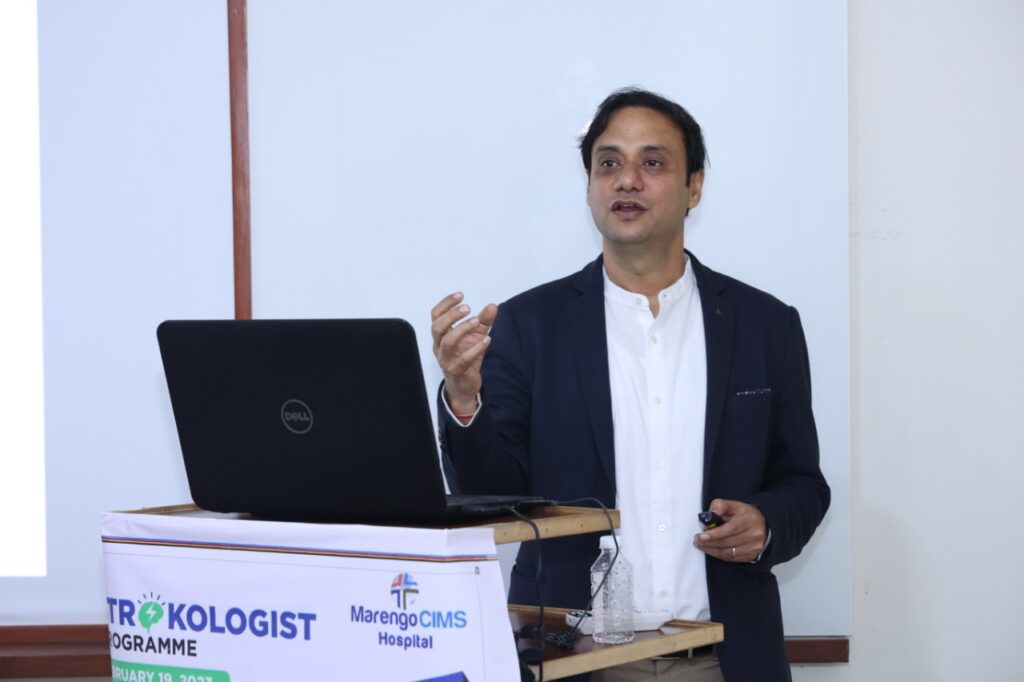

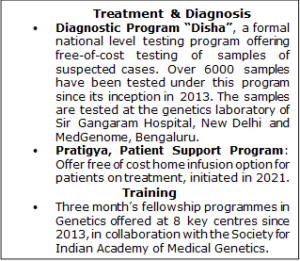
 Mumbai, February 27, 2023 – SVKM’s CNM School, as a part of their 25th-anniversary celebration, organised a Mini Marathon Run on the morning of February 26, 2023. The event was a phenomenal success, with parents and students running for a cause, and successfully raising Rs 6,00,000 for the Tata Memorial Center to support cancer patients. With the theme “YES, WE CAN!” the event saw participation of 3,000 students, parents, and teachers of CNM School. The registration fee was Rs. 200 per participant, and all proceeds went towards the Tata Memorial Center.
Mumbai, February 27, 2023 – SVKM’s CNM School, as a part of their 25th-anniversary celebration, organised a Mini Marathon Run on the morning of February 26, 2023. The event was a phenomenal success, with parents and students running for a cause, and successfully raising Rs 6,00,000 for the Tata Memorial Center to support cancer patients. With the theme “YES, WE CAN!” the event saw participation of 3,000 students, parents, and teachers of CNM School. The registration fee was Rs. 200 per participant, and all proceeds went towards the Tata Memorial Center.